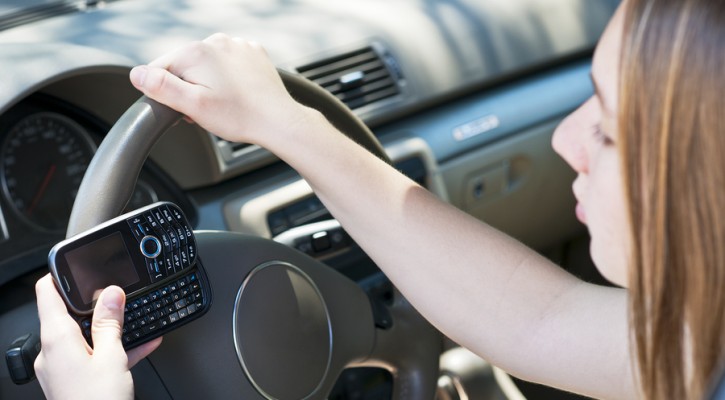
Teen Driving App Effective In Modifying Teen Driving Behavior
February 9, 2015
A teen driving app for smartphones, developed by the University of Minnesota’s HumanFIRST Laboratory, is showing a lot of promise as an effective tool to modify teen driving behavior and keep teen drivers safe on the road.
There have been a lot of apps and different products developed over the years with the same intent but the developers of this app claim that this is the first developed based on years of scientific research.
Funded with $2.5 million by the Minnesota Department of Transportation, the HumanFIRST Laboratory spent almost ten years examining the issues surrounding teen crashes and developing the app. Those studies were followed up by a year-long, in-vehicle study involving teens and their parents.
The teen driving app is known as the Teen Driver Support System (TDSS) and among other things, the app:
- Prohibits the use of cell phones while the vehicle is in motion except to make 911 calls.
- Warns the teen driver if he or she is speeding or running a stop sign or red light.
- Warns that the teen is driving aggressively.
- Warns the teen that parents will be notified if the dangerous driving behavior continues.
- Notifies parents via text message if the warnings fail to stop the dangerous driving behavior.
- Provides parents with a website that documents the teen’s driving behavior over a longer period of time.
In the in-vehicle study, cars belonging to teen drivers were outfitted with instrumentation to record their driving behavior and the teen drivers were divided into three groups:
- Drivers with no app (control group).
- Drivers with app that provided warnings but didn’t notify parents.
- Drivers with app that provided warnings and notified parents.
The teen drivers without the app showed a greater tendency to engage in distracting and risky behaviors such as, speeding more than seven mph over the posted speed limit and using the cell phone both for calls and texting while driving. The app that only provided warnings was highly effective in modifying teen driving behavior but, as might be expected, the app that provided both warnings and parental notification had the most dramatic effect on the teen’s driving behavior.
Both the teens and parents involved in the study gave the driving app high marks although, also to be expected, the teens weren’t as enthusiastic about the app as their parents:
- 60 to 75 percent of teens had a favorable opinion of the system.
- More than 90 percent of parents had a favorable opinion of the system and;
- 90 percent of parents would recommend the app to other parents of teen drivers.
While the TDSS teen driving app isn’t yet available for general use, the University of Minnesota’s Office for Technology Commercialization is studying the system and the team hopes it will be available for general use within a year.
Read more: App developed at U alerts teens, parents to risky driving
PowerPoint presentation with study results: Supporting New Teen Drivers During Independent Driving
